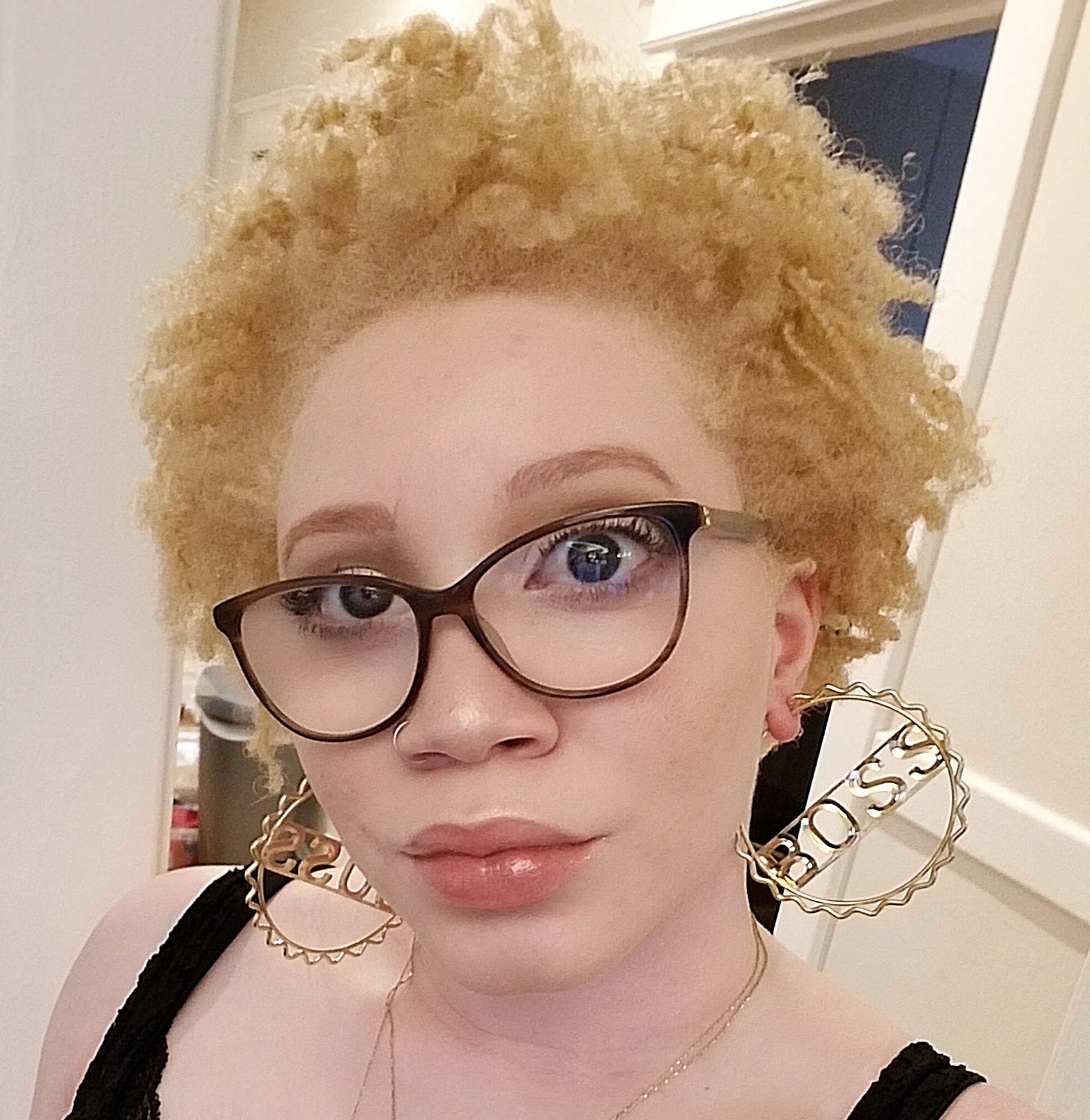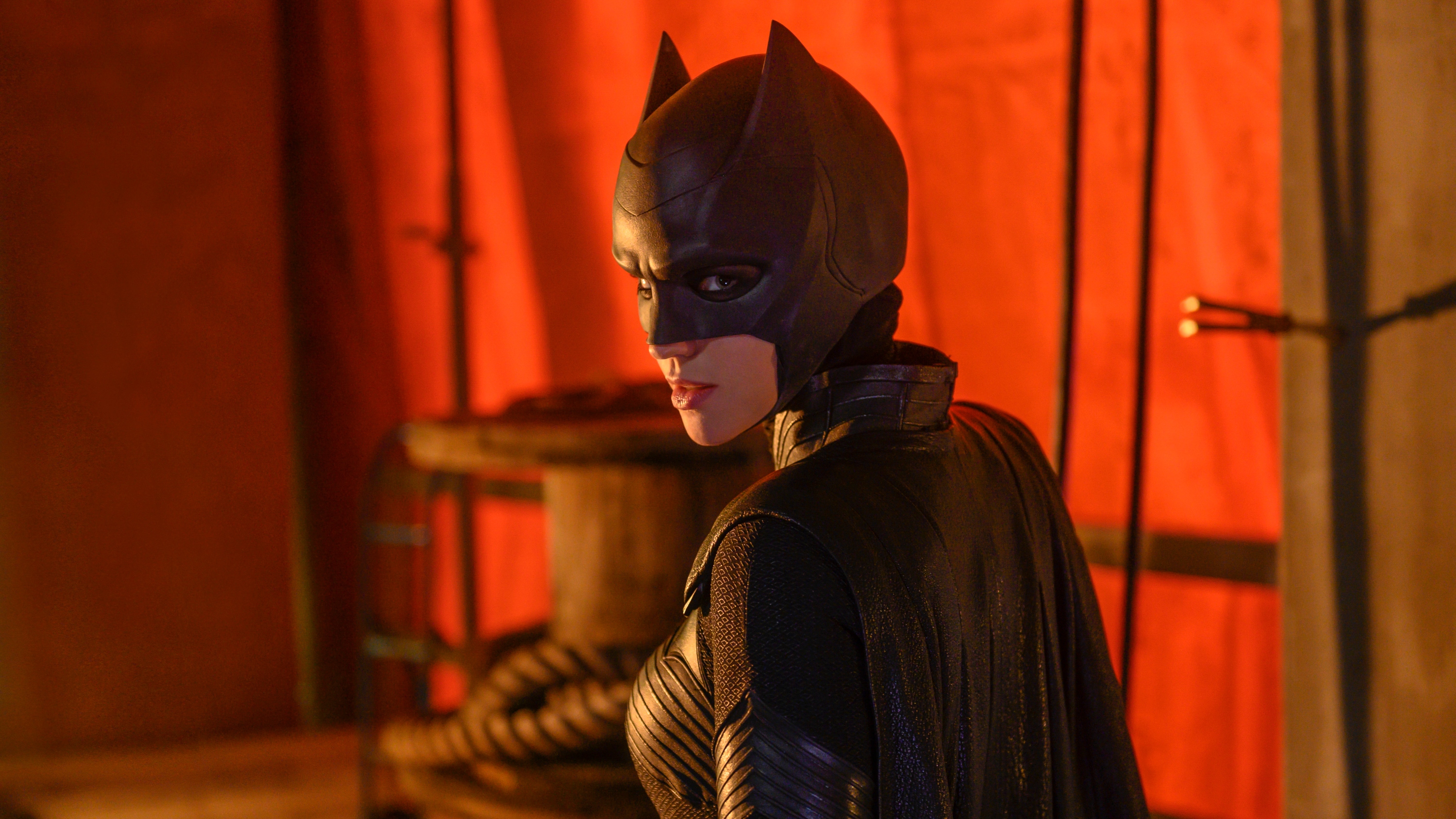'The White Lotus' — BIPOC lives are at the mercy of upper class white people
There's no vacation from the perils of capitalism for people of color in this series.

This post contains spoilers for season one of The White Lotus.
HBO’s satirical comedy-drama The White Lotus pokes fun at the interpersonal woes of wealthy white people while on vacation in Hawaii. The tribulations of hotel manager Armond (Murray Bartlett), Tanya MacQuoid (Jennifer Coolidge), Shane (Jake Lacy) and Rachel Patton (Alexandra Daddario), and the Mossbacher family created the foundational plot points throughout the first season. However, the sinister underbelly of the show revealed itself in scenarios where the aforementioned guests interacted with characters of color. With the characters of Lani (Jolene Purdy), Belinda (Natasha Rothwell), Kai (Kekoa Scott Kekumano), and Paula (Brittany O’Grady), the writing of the series was intentional in creating class divisions along racial lines. Three of the aforementioned four characters were employees at the hotel, forced into subservience to majority white clientele. As the white “protagonists” of the series dealt with the minutiae of their privileged lives, they remained blissfully unaware of the impact they made on the BIPOC in their orbit.
Let’s start with Lani, the secretly-pregnant Asian trainee seen only in episode one. Armond claimed ignorance of her pregnancy because of her plus-size build. Lani, likely aware of the tricky politics of job-hunting while expecting, chose not to disclose her pregnancy to The White Lotus in order to secure employment. Her plan backfired when she went into labor on her very first day. Petrified at Armond finding out and losing her new job, Lani labored in silence until it was physically impossible to hide from her coworkers. When Armond finally discovered Lani laboring, Lani was apologetic, explaining through contractions that she needed the job and didn’t expect to go into labor prematurely. Lani’s storyline reflects the reality of working women of color in the United States. Women of color are a large portion of the service industry, and thus are more likely to end up in precarious employment situations like Lani if they are pregnant. Stuck in a job sector that is lower-paying and labor intensive, BIPOC generally don’t have access to jobs with remote capabilities. The COVID-19 pandemic has made this class difference abundantly clear.
Belinda, to contrast, had greater financial privilege than Lani as a spa manager. But this Black woman was ultimately still beholden to the courtesies of a white person with more financial access than her. Tanya took an interest in Belinda after receiving a life-altering (for her, at least) spa treatment that gave her a spiritual uplift. Vacationing while grieving her abusive mother, Tanya looked to Belinda to guide her through her existential dread, not comprehending that providing healing to guests was part of Belinda’s job description. Initially as an extension of her customer service job, she indulges Tanya’s flattery and platonic advances. At Tanya’s emotional lowest, she offers to fund Belinda’s very own spa. At first Belinda is hesitant about the offer, but soon realizes it could be her ticket to financial prosperity. Belinda obliges Tanya’s many requests for emotional support — even being present at the dumping of Tanya’s mother’s ashes — in hopes of buttering Tanya up for a business grant. Belinda even wrote a business proposal for Tanya to review for consideration. But near the end of the season, Tanya met a gentleman who wanted to court her, and Tanya’s interest in Belinda gradually waned. In the end, Tanya formally rejects Belinda’s business proposal, citing her problematic pattern of entering relationships wherein she uses her money to control people. Though shockingly self-aware, Tanya still crushed Belinda’s dream.
Tanya and Belinda’s hot-and-cold relationship mirrors the fickle nature of capitalism. Run by wealthy white people, the parts of society that are given the most money are the ones that this elite deems worthy of their investment. Police forces, corporations, fossil fuels — the list goes on. On a micro level, people of color have come to hope that nepotism from generous white people can lift them from obscurity. Even upper middle class white people hold social and professional cachet that middle- and lower-class BIPOC could only dream of. Capitalism creates a racial stratification of income that breeds desperation from the lower classes. Any adjacency to privilege is to be aggressively pursued until one attains it for themselves. Belinda followed this formula to a tee, but she woefully discovered that the desires of the elite class are hollow and unreliable.
Another character of color, Paula, is part of the Mossbacher family vacation thanks to Olivia (Sydney Sweeney), the sardonic daughter of Mark (Steve Zahn) and Nicole (Connie Britton). The show sets up Olivia and Paula’s bond as one of shared social intellectualism; they tag-teamed in philosophical discussions with liberal perspectives against Olivia’s parents. The two college-age friends start the trip on good terms, but their friendship is tested when Paula stumbles into a secret romance with native-Hawaiian employee, Kai. Paula’s motivation for keeping her fling with Kai hidden was that Olivia was apparently a boyfriend-stealer. After some not-so-subtle nighttime escapades between the lovebirds, Olivia discovered their affair and later flirted with Kai. When Kai shared this with Paula, she concocted a plan to enact revenge on Olivia and the Mossbachers.
Kai had previously explained to Paula that his family was at risk of losing their native land to tourist gentrification. He sullenly told Paula that his family couldn’t afford lawyers to fight back against the theft of their lands. It was clear that Paula connected to this feeling of powerlessness; although Paula’s backstory remains unknown, her occasional standoffishness toward the Mossbachers implied that she was of a lower class than them. Both of them were involved in scenarios of unequal power dynamics that, albeit for different reasons, they felt impossible to escape. After hearing of Olivia’s betrayal, Paula convinced Kai to steal a $75,000 piece of jewelry from a safe in the Mossbachers’ room. She convinced Kai that this would be karmic retribution for the same kind of wealthy white people threatening his family, and that he could pawn the jewelry to pay for a good lawyer. But on a subconscious level, Paula really just wanted to get back at Olivia. For once, she wanted to steal something from Olivia in the same way Olivia had always done to her.
The latest updates, reviews and unmissable series to watch and more!
Of course, the plan backfired. Despite Paula orchestrating the perfect scenario for Kai to break into the room, free will intervened. Nicole and Mark had a blowup right before leaving for an excursion, prompting Nicole to return to their room hours earlier than expected. Kai is caught in the act and fended off by Mark, and eventually returns the jewelry offscreen. Paula’s plan for Kai, while risky, would have worked if not for the emotional whims of Nicole and Mark. Even when they don’t realize they wield it, rich white people exercise incredible power with their actions.
Paula came to this realization as well. She told Olivia in the finale that no matter how “woke” she pretended to be, that she was still a spoiled, privileged white woman. As Paula sat with the Mossbachers for their final dinner, listening to them argue about whether or not to buy a boat for leisure, she realized that Olivia is just like her family. More importantly, Paula concluded that she will never be like the wealthy white family that charitably brought her on vacation. Like the other characters of color, Paula ends the season mourning the potential of the future she could have had.
The White Lotus created a strong thesis on white class privilege up until its finale. The use of humor revealed the expected blind spots of upper class white Americans in an entertaining way. When looking at the endings for each BIPOC character, however, the effectiveness of the series as satire must be questioned. Belinda and Paula were left despondent by the end credits, and viewers were left to draw their own conclusions about Lani and Kai. The latter is troubling when you consider that Kai and Lani were the show’s closest approximation to what actual native Hawaiians look like. Indeed, Hawaii was nothing more than an exotified backdrop in this series. When the islands are currently experiencing a crisis in bloated tourism, it is distasteful to film a series there that sees a majority of its white characters get happily ever afters, no matter how twisted they were. It may be true that rich white people like the Pattons and Mossbachers vacation in tropical areas, willfully ignorant of the damage their tourism causes to local culture. It may be a realistic portrayal to show white vacationers toying with people of color and then returning to their lives as expected. But if the satirized characters don’t actually lose anything in the narrative, and white audiences can’t grasp what is being satirized, is The White Lotus a satire — or a documentary?
Allyssa Capri is a Chicago-based culture writer. Her writing focuses on TV, film, music, internet culture, and politics through a social justice lens. Her former bylines include Screen Rant and the Professional Wrestling Studies Association. She has also been featured on panels at the MPCA and C2E2. Outside of writing, she loves food and wine culture, roller skating, astrology, herbalism, and her cat, Luna.


